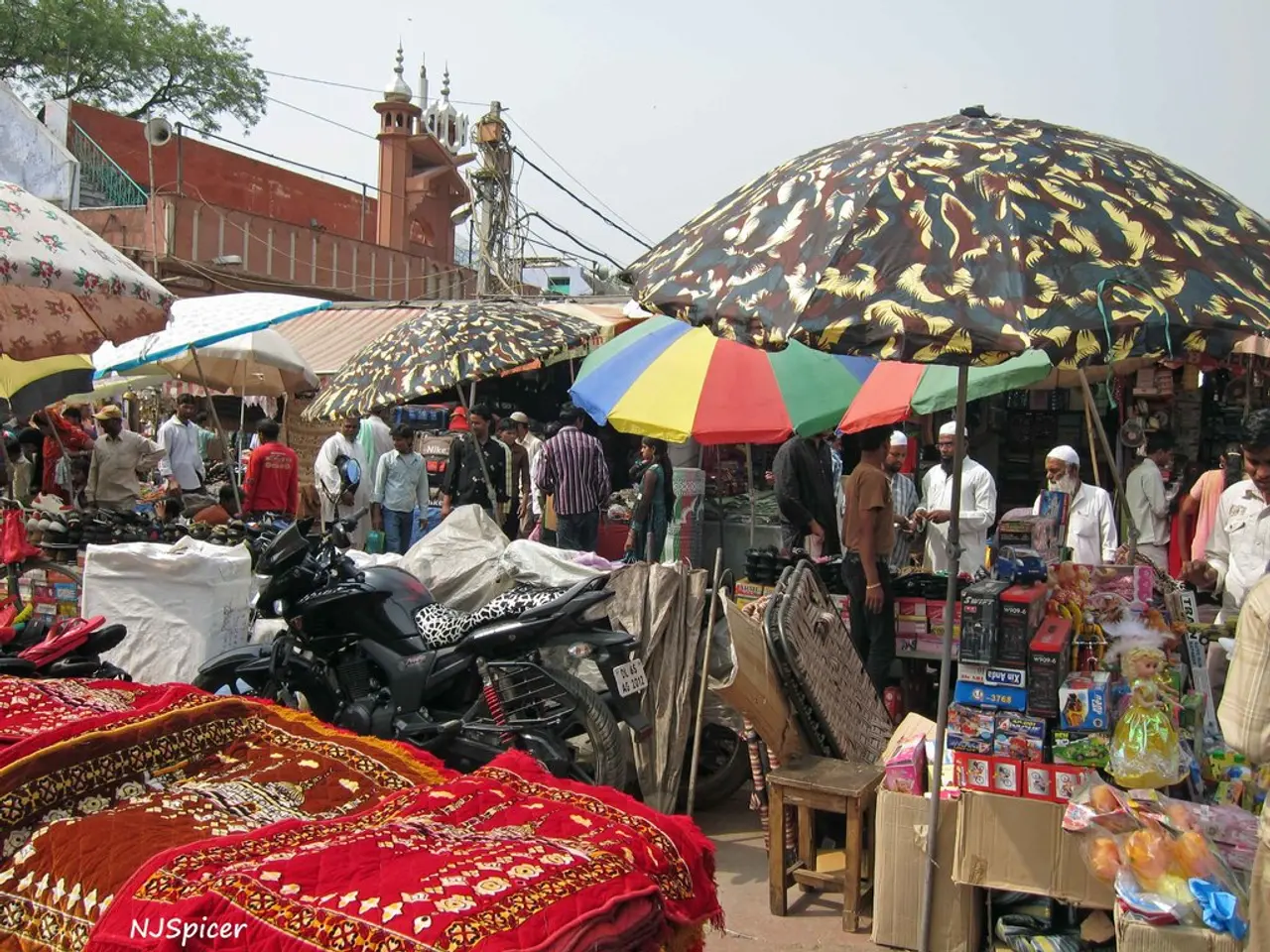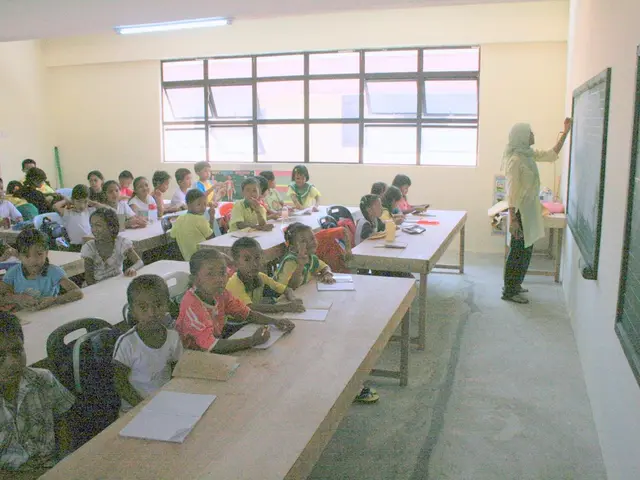In Kuwait, an aging demographic shaping unique economic characteristics emerges
In a report by the World Bank, Kuwait's unique demographic and economic situation has been highlighted. With only 3% of its population aged 65 or above, Kuwait presents an opportunity for transforming these demographic advantages into economic growth.
One of the key challenges, however, is the high youth unemployment and low female participation rates in the workforce. To address this, the World Bank suggests that governments must take stronger steps to encourage older workers to remain in employment and focus on raising overall employment, especially among women and youth.
The average effective retirement age in Kuwait is 54, which, according to the World Bank, could lead to a sharp increase in the elderly dependency ratio by 2050, suggesting that elderly citizens could outnumber younger workers. To counteract this, the organization emphasizes the need for reforms to extend working years to support financial sustainability.
The World Bank's report also points out that Kuwait's labor market participation rates among those aged 15 and above are high compared to societies experiencing advanced aging. Despite this, satisfaction with the education system in Kuwait stands at just 24%, indicating a need for improvement in this area. On a positive note, around 61% of Kuwaiti citizens expressed satisfaction with the healthcare system, the highest rate in the region.
The World Bank's spending review shows that government spending on human development in Kuwait reached about 20% of GDP during 2020-2023, up from around 15% in 2005-2009. While this figure is an improvement, it remains below global averages for high-income countries.
The report also underscores the need for a broad reform agenda aimed at updating human development policies, strengthening institutions, and bridging financial gaps. This agenda is seen as vital to protecting and enhancing human capital in the face of three major megatrends: demographic change, climate change, and technological transformation.
The World Bank highlights that while human capital remains the Middle East's greatest asset, demographic and economic transformations are creating new pressures. One such pressure is the reliance on migrant workers, who form the majority of the labor force in the Gulf. This reduces the benefits of earlier educational investments in citizens and limits the accumulation of human capital through work experience.
By 2030, up to 10% of the populations in seven regional nations are expected to require long-term care services. The World Bank suggests that reallocation of resources will be needed to enhance investment in education, healthcare, and broader human capital development in Kuwait.
The Gulf Cooperation Council (GCC) states together hosted around 28 million migrant workers in 2024, with 10 million in Saudi Arabia. Many Middle Eastern countries continue to record lower employment rates than aging European nations, further emphasizing the need for economic reforms.
In conclusion, Kuwait's unique demographic situation offers opportunities for economic growth, but it also presents challenges that require immediate attention. The World Bank's recommendations for reforms, focusing on extending working years, improving education, and reallocating resources, could pave the way for a more sustainable and prosperous future for Kuwait.
Read also:
- Exposure to Asbestos in the 9/11 Aftermath: 4 Methods to Validate Your Exposure
- Health enhancement for millions of Apple Watch users now unmissable, as stated by Apple
- Promoting Economical Transportation Options for the Elderly Community
- Intense Attention Deficit Hyperactivity Disorder: Signs, Drugs, and Remedies







